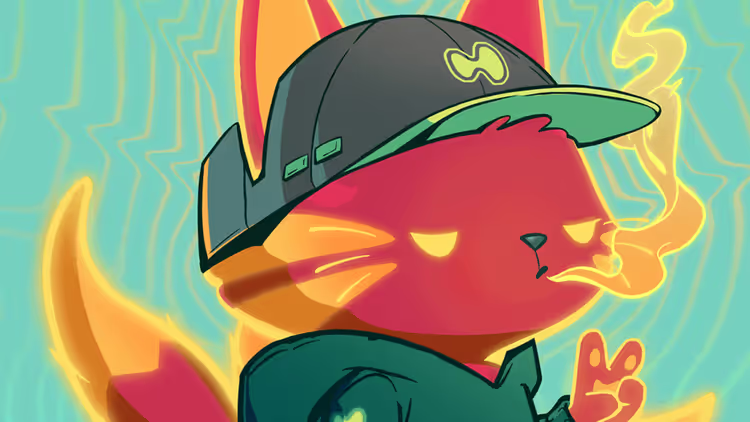라이브 민트
민터
가격
수량
시간
실시간 영업
아이템
가격
발신인
시간
라이브 민트
민터
가격
수량
시간
실시간 영업
아이템
가격
발신인
시간



Hypurr at Genesis
Hypurr NFTs were rewarded as part of Hyperliquid’s Genesis Event. They serve as a commemorative memento for early believers in the ecosystem’s growth.



Built on HyperEVM
Deployed directly on the HyperEVM, Hypurr NFTs highlight the two-way bridge between HyperCore and the EVM secured by HyperBFT. This architecture enables developers to tap liquidity trustlessly while experimenting with novel primitives like LSTs, lending, and vault tokenization.



Moods on the Ledger
Each of the 4,600 NFTs embodies the quirks, moods, and tastes of the Hyperliquid community, with allocations split among participants, the Hyper Foundation, and contributors. More than collectibles, they are cultural artifacts linking users to the project’s history.

